
Several excellent artists share a couple of demos each in the pages of both books (and we'll revisit these volumes at another time to examine their work). But I was especially taken by the drawings and paintings of an artist named Albert Pucci.
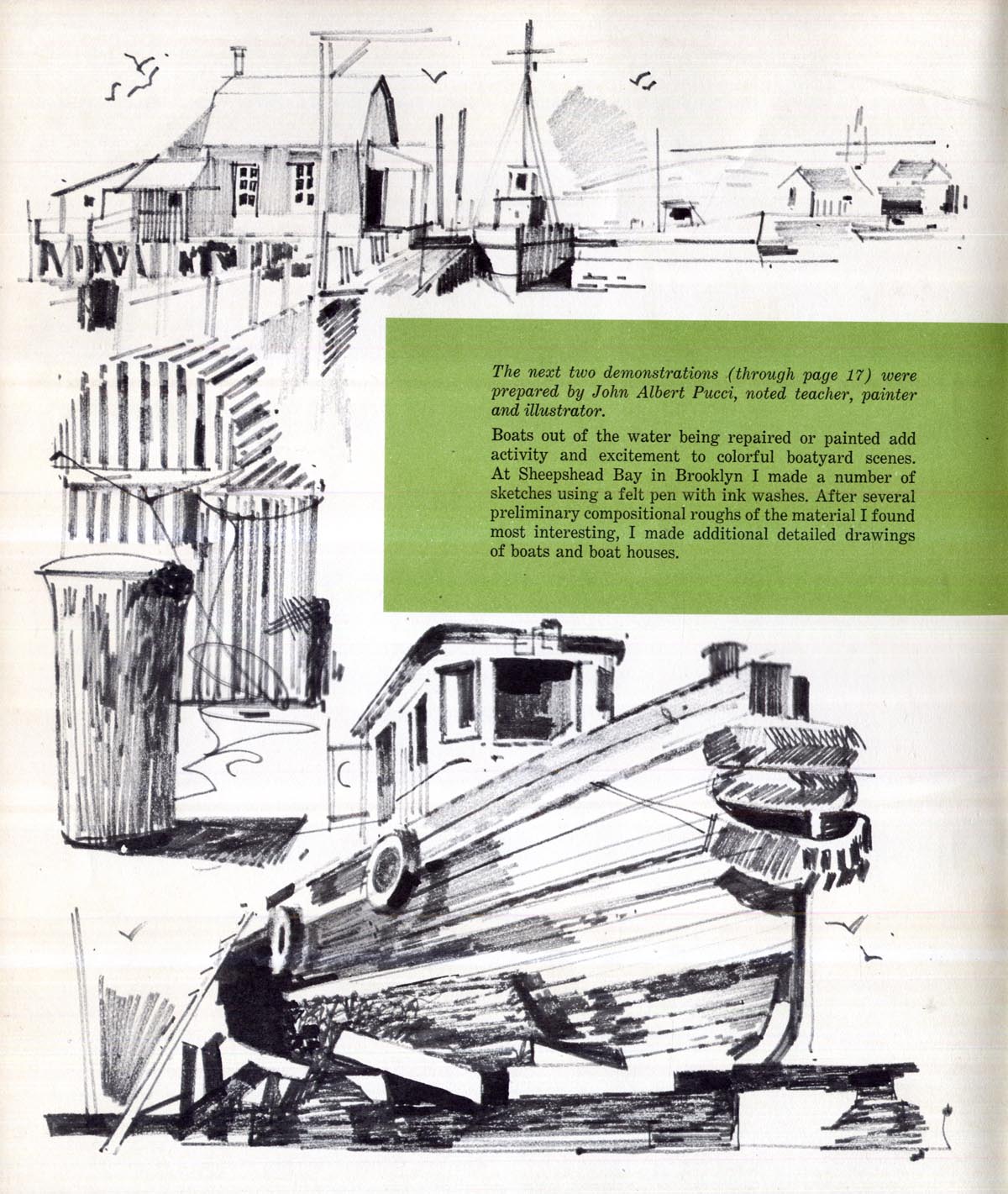
There's a strong structural quality to Pucci's drawings I really liked. At the same time there's a nice stylization in his interpretation of the world he was observing that appeals to me on a level beyond my admiration for those artists who work in more 'literally real' styles.

I've included all the steps of Pucci's painting process for those who might find the instructions interesting and helpful (as I do)...

... and here's the finished painting, which really knocked me on my ass! Wow!
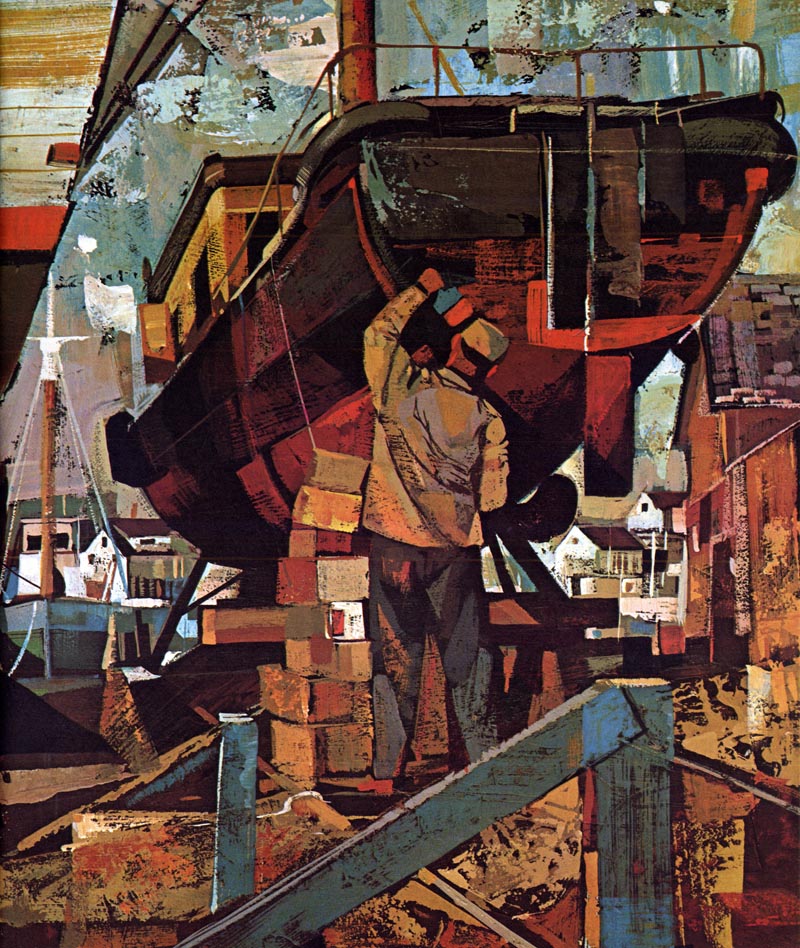
Whenever I see work this good - and from that '50s/'60s period - and the artist's name is entirely unfamiliar to me, I wonder how that could be. The next thing I do is start researching online.
Happily, I quickly discovered that someone has put together a website in honour of Albert Pucci, who died in 2005. There I found a biography and a wealth of photos, fine art, and even some illustration examples by the artist.

According to his biography, "Albert John Pucci was born in Cleveland, Ohio on March 11, 1920. He moved to Brooklyn, New York at the age of three and would live in Brooklyn Heights for the next 80 years."

"Albert studied at the Brooklyn Academy of Fine Arts and then attended the Pratt Institute, where he would work as an instructor in figure drawing, and layout and design for 24 years."
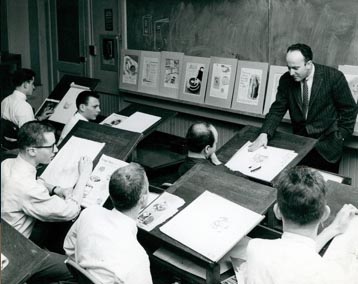
"Albert Pucci’s first one-artist exhibition was held in 1954 at the Associated American Artists Galleries in Manhattan."

Among the many examples of Pucci's art at the website I was pleased to find a gallery of his book covers. Some truly wonderful stuff!
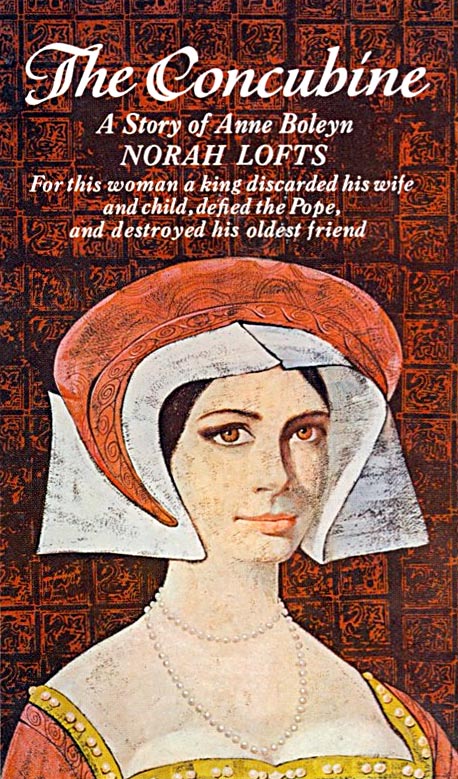
Since the website invites visitors to download the images in the gallery, I took the liberty of choosing a few for your enjoyment.


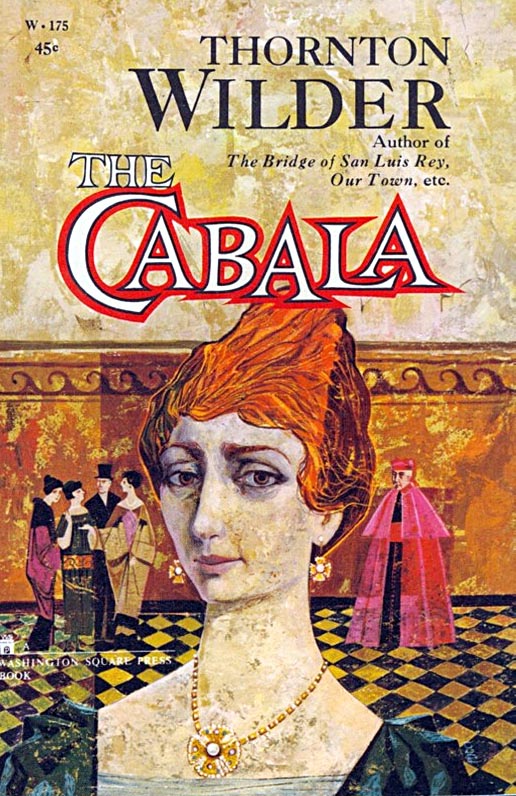
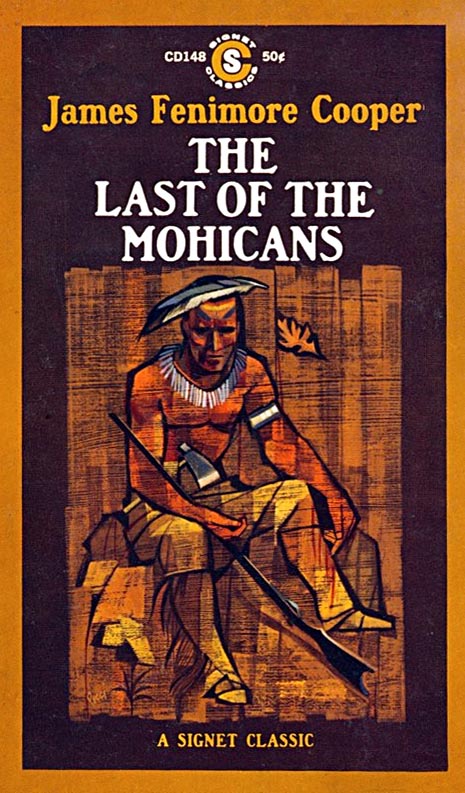
There's so much more at Albert Pucci's website, I hope you'll take a few minutes to explore it yourself!
Wonderful work that looks very familiar to me----believe he used to do covers during the 50's for 'The Reporter', a long-defunct newsmag along the lines of Time & Newsweek.
ReplyDeleteI'll see if i have anything in my files...
What a brilliant artist! And its the first time I come across with his work... Thanks for sharing!
ReplyDeleteWhat a treasure trove, Leif. I remember those "how-to books" on art from the 50s'. Actually, I bought a few and followed their lesson plan, long before I enter art school. I don't remember Pucci's name, but that technique was very popular at Chouinard Art Institute (now CalArts) in 1961/62. There was a class at Chouinard that focused on the very chunky pallet knife technique shown in Pucci's samples. Our approach was to break everything down to simple semi-abstract shapes like a mosaic, and use a semi-monochromatic color scheme, introducing very subtle temperature changes. Golden earth tones accented with dark browns and bright yellows and oranges were very popular then. Of course, by the time I was out of art school and working in the field in 1963, techniques and styles were changing almost weekly. Like the electronics industry today, it becomes out-dated soon after you acquire it.
ReplyDeleteTom Watson
What a great find from that bookstore, Leif! Another eye holiday.
ReplyDeleteNever heard of Pucci, the "strong structural quality" of his designs is so impressive.
Of particular interest I found the steps of the painting process depicted here: from first outlines to the finished product. Pucci seems to be working "integrally", proceeding on all parts and corners of the picture at the same time. Which leads to this coherent composition and image.
Think I'll copy that method - I mean "be inspired by" Albert Pucci!
ReplyDeleteYup, a big piece of my art education as a teenager in the '70s, was all those Grumbacher and Walter Foster books, available in most small town art supply stores.I got them all, EXCEPT...
ReplyDeleteWould surreptitiously look at the Fritz Willis one on Girls, but never had the nerve to buy it, the storeowner would've told my folks...
Icon: A Retrospective by the Grand Master of Fantastic Art—Frank Frazetta
ReplyDeletefrom page 16: "[Falanga] died when I was twelve, right about the time he was making arrangements to send me off to Italy at his own expense to study fine art. I haven't the vaguest idea of whether it would have really affected my areas of interest. I don't know, but I doubt it. You see, we never had any great conversations. He might look over your shoulder and say. 'Very nice, but perhaps if you did this or that...' He spoke very broken English and he kind of left you on your own. I think I learned more from my friends there, especially Albert Pucci...
Hope you enjoyed your time here in Windsor, the 14th biggest city in Canada(!). It's a humble town but we like it - Detroit looks positively prosperous from here. Thanks for your blog and the taste and enthusiasm behind it, eh? (that's how Canadians pronounce the period at the end of a sentence)
ReplyDelete